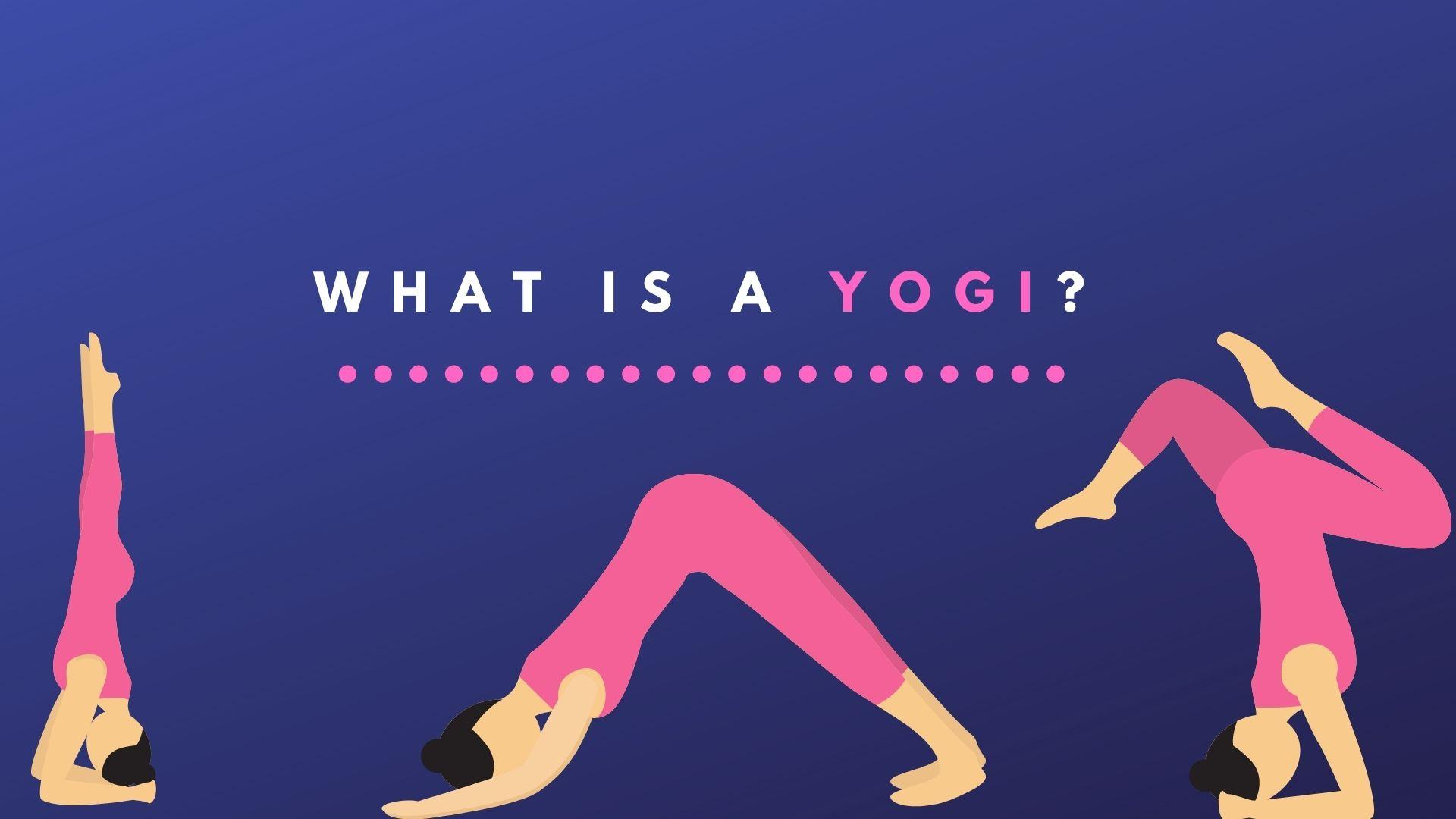What Is A Yogi?

Yoga is simply a physical and mental fitness system practiced for thousands of decades. It was first originated in India but now increasingly throughout the globe. In the modern world, Yogis are known as calm, fit, bendy, enlightened figures with desirable physical and mental stability.
This can be a far journey away from the distractions, stresses, and limitations of your everyday life. The pictures we see online do not always seem to be achievable. If you want to become a Yogi, know that your Yoga path isn’t about following a strict set of rules or changing around your whole life to become a Yogi.
Here are some concepts to give you a better understanding of yoga and the Yogi:
What Defines A Yogi?
Yogi is a practitioner of yoga. A yogi can be either married or unmarried, and may or may not have formal religious ties.
According to the Paramhansa Yogananda, a yogi involves a structured step-by-step procedure by which the body and mind are disciplined and the soul enlightened. He/she has to practice a thoroughly tested series of exercises that were first mapped out by the early sages.
Yoga is all about posture, mindfulness, focus, and rest. In Classical Sanskrit, the word Yogi is derived from the word ‘yogin’ that refers to a learner of yoga. The word Yogi is generally used to indicate a male, and yogini is the word used for female yoga learners. These two words are still used with those meanings today.
But nowadays, the term yogi is also used commonly to refer to both male and female learners of yoga and related meditative practices belonging to any spiritual method or religion. The term yogini is also referred to as divine goddesses and liberal mothers as aspects of the mother goddess, Devi.
What Is The Difference Between Yoga And Yogi?
Yoga is a set of physical, mental, and spiritual exercises or disciplines that heal lives, reduce pain and stress. It’s originated in ancient India. The ancient practitioners of Yoga sought to harmonize the body, mind, and soul to achieve health, durability, and most importantly, the enlightenment of the soul. That’s why the Sanskrit term yoga means to join with or union- the union or join with the divine, which is attained through the controlled practice of particular exercises and meditation.
Yoga is mainly a lifestyle which deals with all the aspects of a living being. The physical poses or asanas that are perceived as yoga are just one aspect of the reflective science of life.
There are Eight Limbs of Yoga, expressed by C.E. Patanjali in the Yoga Sutra that explains the eight aspects of a yogic way of life. These aspects guide the yogi on a path of self-development to complement the body, spirit, and mind and achievement enlightenment.
A yogi is the learner of yoga. According to the Vedic Sanskrit, yoga means to join, to add, or to unite. But, in recent days, particularly in the West, yoga refers to objective exercises only. The term yogi broadly refers to practitioners or a sannyasi of meditation.
How Does One Become A Yogi?
If you’ve done a few downward-facing exercises in your lifetime, does that make you a yogi? Probably not.
To understand the standard definition of a yogi, most importantly, we need to learn the difference between the words “practice” and “commitment”. If you find yourself interested in the practice of yoga and wish to become a yogi, you should follow these basic steps:
- Practice yoga often. First of all, you have to integrate the practice of yoga into your life and have to practice yoga and meditation at least three times per week.
- Find a good teacher. To give your practice consistency and depth, you should start working with a knowledgeable and qualified yoga teacher. Establishing a relationship with your experienced yoga instructor will also give you a resource for inspiration and guidance.
- Commit to deepening your practice. The main benefits of yoga are gained through the practice and understanding of the philosophy of yoga. Dedicate yourself to explore the regular practices of yoga and to understand yogic philosophy. You can watch videos, read books, and most importantly, take workshops.
- Embrace the Yamas and Niyamas. Take a vow to absorb the yogic values and ethics as much as possible in your daily life to enlighten your soul. You don’t have to practice all at once. Just work consistently to explore and practice each one at a time.
- Make positive lifestyle choices. Check your lifestyle choices and try to align them towards a lifestyle of peace, contentment, devotion, and balance.
End Words:
At PIES Fitness and Yoga Studio, we have several types of Holistic Yoga Therapy for both seniors and juniors. We believe that everyone should be able to experience the benefits of yoga by which they can broaden their skills and knowledge about the correct poses that are needed to strengthen the body and soul. If you find yourself drawn toward the practice of yoga and wish to become a yogi, we are always there for you!





